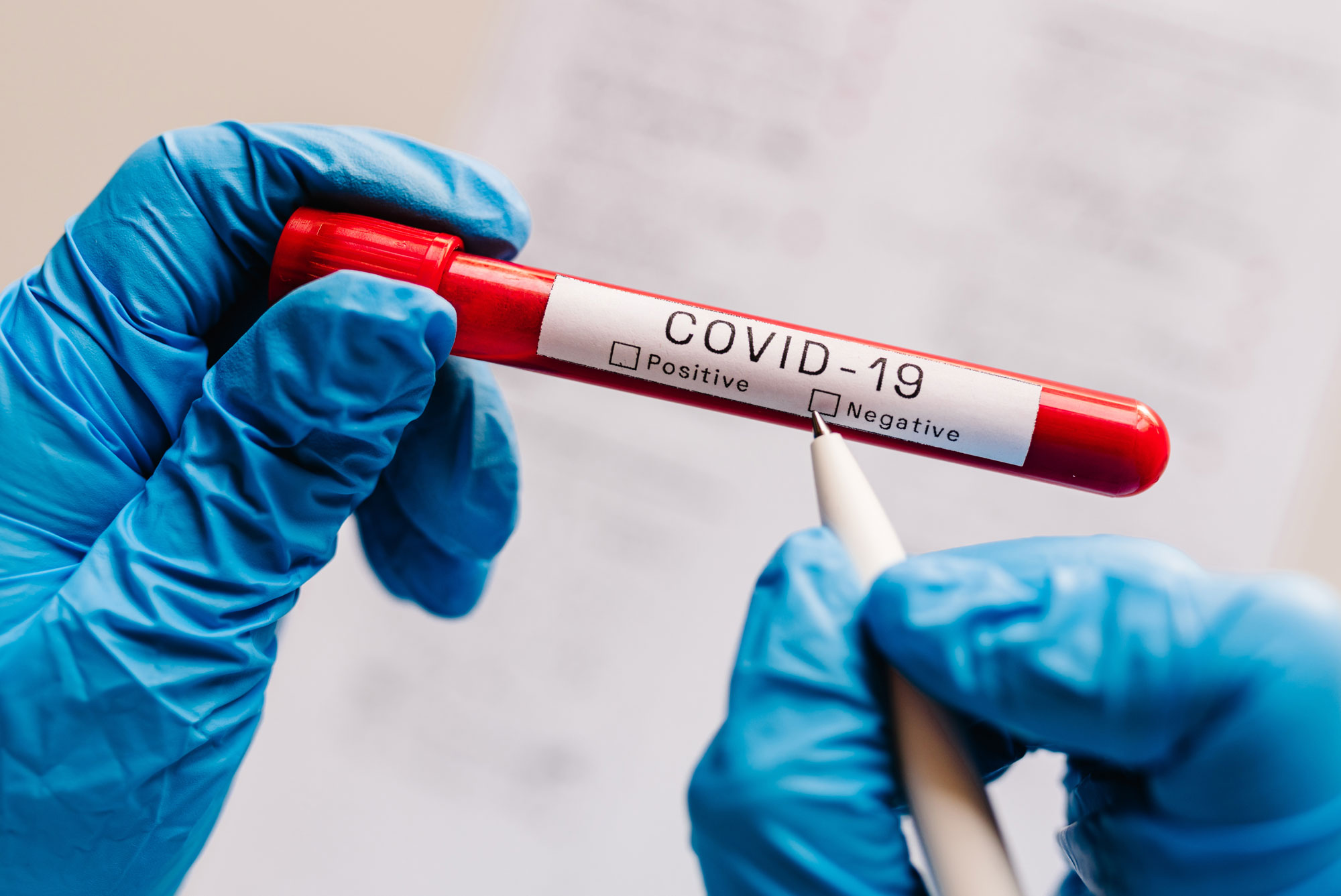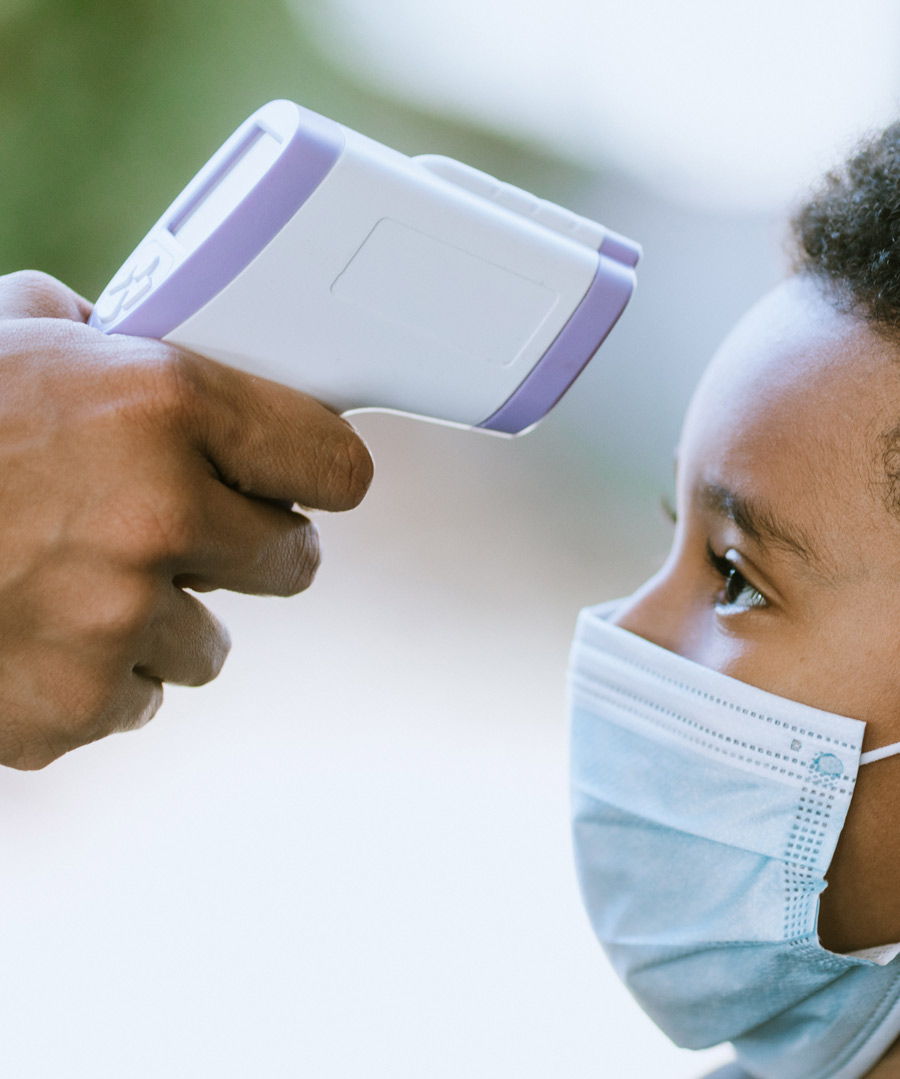
With COVID-19 tests becoming more widely available, the Centers for Disease Control and Prevention released updated guidance Oct. 13 on what K-12 school administrators and public health officials should consider when testing students or staff. “Interim Considerations for Testing for K-12 School Administrators and Public Health Officials” (https://bit.ly/3k24NyV) provides a framework for determining who should be tested first and how such a screening should be incorporated into schools’ overall strategies for controlling the spread of the virus.
The considerations are intended to provide guidance on the appropriate use of testing in K-12 schools for surveillance, diagnosis, screening and outbreak response. Schools play a significant role in helping to protect students and their families, teachers, staff and the broader community and in slowing the spread of COVID-19.
Reflecting a shift away from previous CDC guidance, the update says schools in areas with higher risk of transmission may test broader pools of students and staff as a surveillance tool to monitor the effectiveness of mitigation efforts. Specifically, schools in areas with moderate to high transmission risk, or those with large populations of students from disproportionately affected racial and ethnic groups or families who lack sufficient access to testing, may in fact want to repeatedly screen random samples of students and adults.
Any decision to more broadly test the school community should be made in consultation with a local educational agency’s local public health department. CDC officials also note that testing to diagnose COVID-19 should be part of a comprehensive strategy that also includes the promotion of behaviors that reduce spread (mask use, social distancing, hand hygiene); maintenance of healthy environments (cleaning and disinfection, ventilation) and healthy operations (scheduling, virtual learning, class sizes); and preparation for when someone contracts the virus.
The recommendations also include prioritizing symptomatic individuals and those who’ve had close contact with those who may be ill with the virus.
When tracing the spread of an active case of COVID-19, schools should consider the following three-tiered priority groups:
- People who were less than 6 feet apart from the person diagnosed with COVID-19 “for at least 15 minutes or more beginning two days before the individual with COVID-19 became symptomatic.” LEAs should consider contact that occurs in classes, cafeterias, after-school programs, and athletic or extracurricular settings. However, an update from the CDC clarified a “close contact” of someone with COVID-19 is anyone who was within 6 feet of someone infected for a total of 15 minutes over the course of 24 hours.
- Students and staff in the same classroom, pod or cohort as the affected person, or those who ride the same bus.
- People who share a common space, such as a teachers’ lounge or classroom, with the person who tested positive, but were not necessarily in the common area at the same time.
Should a student or faculty member test negative, the guidance warns that it doesn’t mean they should be free from quarantine requirements.
Alameda County Office of Education officials announced Oct. 14 an agreement with California-based Curative, Inc. to provide access to screening testing services for the staff of the county’s 18 TK-12 public school districts, court and community schools and 12 charter schools. The self-administered, oral-fluid swab COVID-19 tests will deliver test results within 48 hours and will allow schools and districts to test staff at regular intervals, Alameda COE Superintendent of Schools L. Karen Monroe said in a statement.

“The transition to bring students and staff back to schools, while taking all possible safety measures, brings with it substantial barriers, particularly for our public school districts,” Monroe said. “Testing has been a significant priority for our teachers, staff and school leaders alike, and this agreement serves to eliminate a critical barrier monitoring the health and safety of our staff. I am proud we were able to offer this option for our schools at little to no additional cost.”
Meanwhile, Los Angeles Unified School District Superintendent Austin Beutner announced the district was implementing its own program that involves daily health checks, COVID-19 testing of students and staff, and community engagement to follow up on positive cases of COVID-19 and employees who may have been exposed or are not feeling well.
COVID-19 testing of all employees and students will be conducted on a regular basis, at frequencies recommended by a consortium of leading health experts from UCLA, the Johns Hopkins University and Stanford University, Beutner said. Additionally, anyone living in a student’s household who is symptomatic or may have been exposed to a student or employee who tests positive will be offered testing. LAUSD is providing nasal swab tests as the primary testing method, though a saliva test is also available to children or adults, if requested, and most test results will be provided within 24-36 hours at no charge to anyone receiving a test.
The CDC guidance does emphasize that “school-based testing should NEVER be conducted without consent from a parent or legal guardian (for minor students) or from the individual him or herself (for adults). Assent may also be considered for minor students.”
The California Department of Public Health on Nov. 4 released the “Playbook to stand up community-based testing sites,” which offers a guide on how organizations, including schools, can partner with the new Valencia Regional Laboratory (VRL) to ramp-up capacity of COVID-19 testing. The laboratory will have results within 48 hours.
While the state will pay for processing the tests and purchasing at least some of the tests, that is all they are offering. Organization responsibilities include assessing testing demand within your community; requesting kits through state vendor; providing physical space for testing; gathering patient data and submitting via web platform; collecting sample at the testing site; transport sample in-person or via courier to VRL within 24-hours of collection; paying for essential site costs: e.g., courier service, staff, outreach programs, materials etc. The playbook notes that “you should consider partnering with other local organizations who can meet collection needs including community testing sites, pharmacies, clinics, etc.”
A Nov. 4 letter to school leaders from California Health and Human Services Agency Secretary Mark Ghaly stated that “LEAs will be able to secure tests at a fraction of the market rate, and the state will front costs and seek reimbursement through health plans.” The letter also said that “LEAs may use the 5.3 billion in additional funds allocated in the Governor’s 2020–21 Budget to pay for testing-related expenses.”
CSBA embraces the call for robust school testing but has concerns about the current blueprint and the burden it places on school districts without providing the funding, staffing, resources and logistical support to properly implement on-site testing. CSBA will continue to advocate for more support from the state in these and other critical areas related to the safe and successful reopening of California public schools.